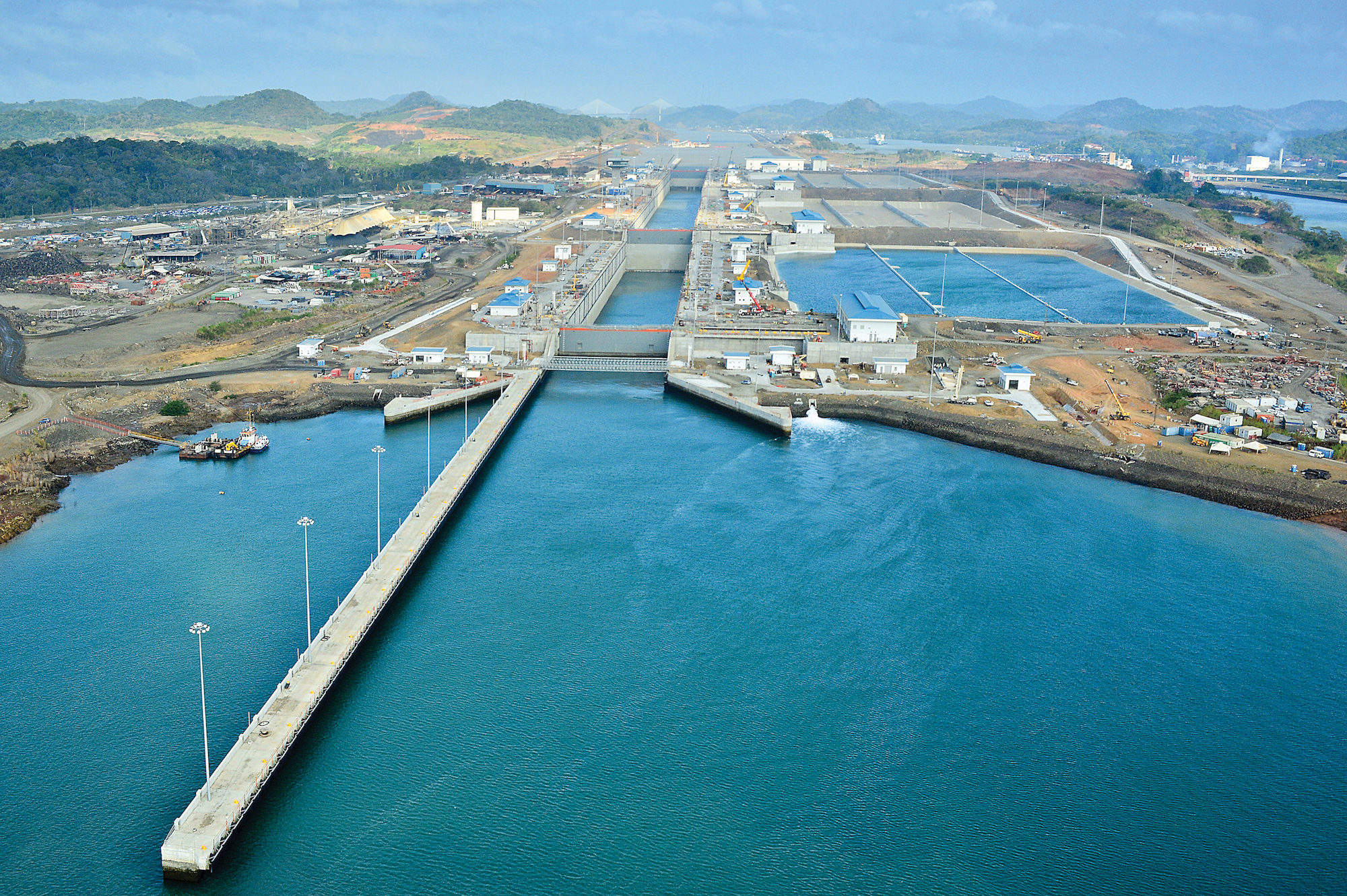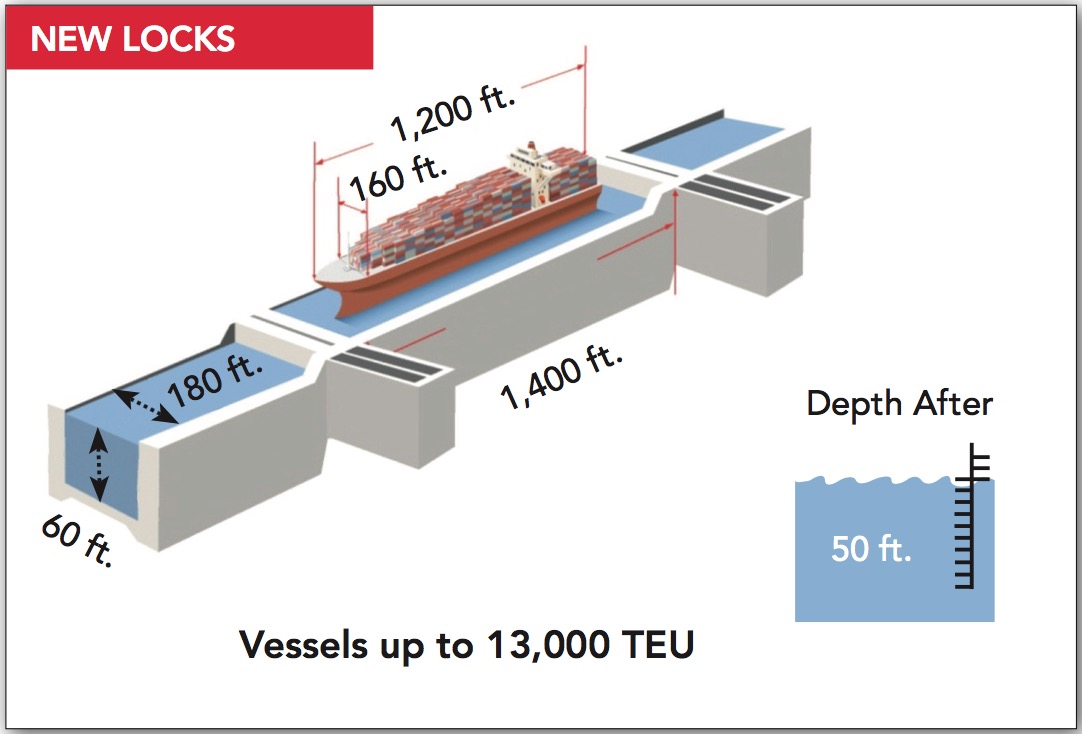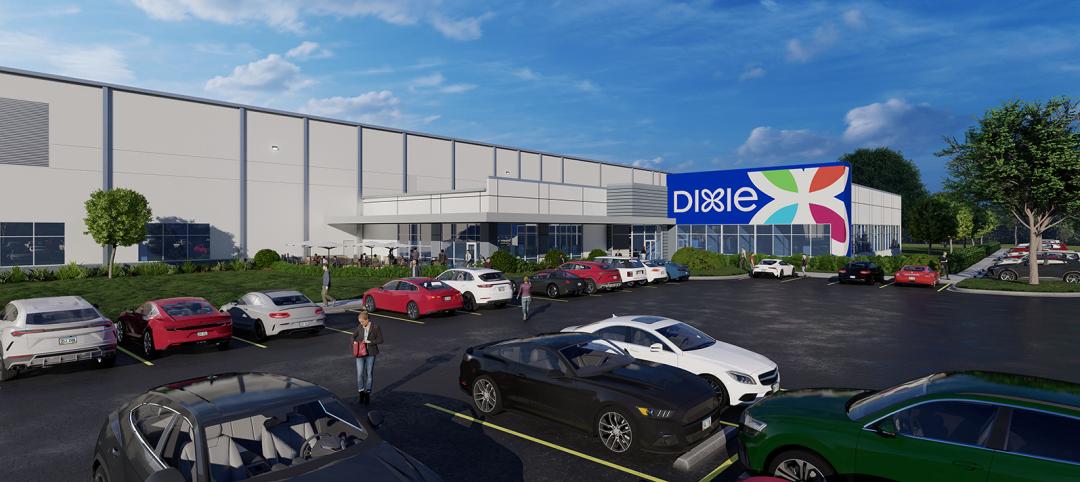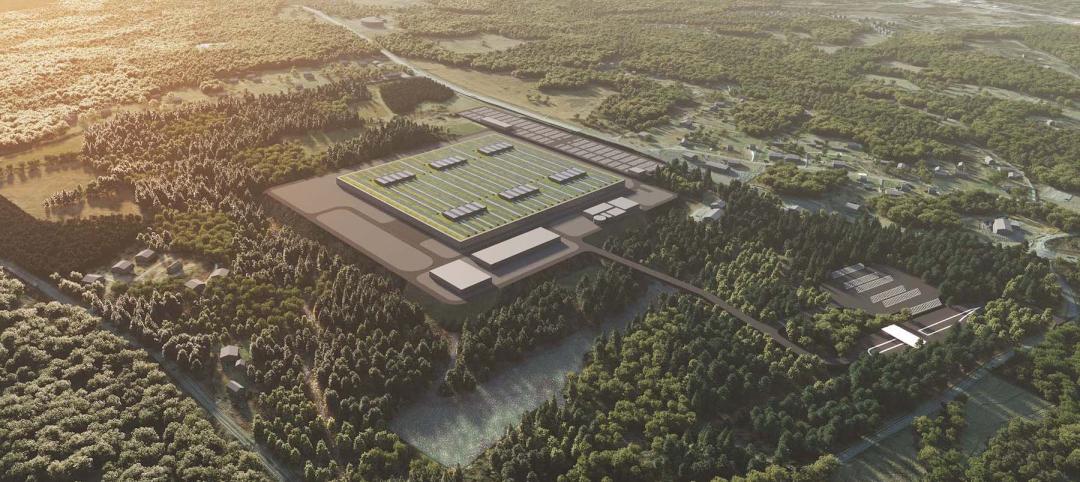Two months ago, the town of Summerville, S.C., broke ground on a $19 million, 307,000-sf shell building (expandable to 923,000 sf) at the Charleston Trade Center, a 750-acre shipping complex with access to the Port of Charleston.
At the same time, the South Carolina Ports Authority has embarked on a $1.6 billion program that includes the construction of a $750 million terminal and $350 rail line at the old North Charleston Naval Base. The Ports Authority is also conducting engineering studies to enable dredging of the port to 52 feet from its current depth of 45 feet. The dredging, at a cost of $509 million, would make Charleston the deepest harbor on the East Coast.
BD+C MOVERS AND SHAPERS
The People, Institutions, and Movements that are influencing design and construction in the U.S. and around the world.
Dan Gilbert – Detroit's Catalytic Converter
Judith Rodin – Crusader for Resiliency
Bruce Katz – Urban Evangelist
Millennials – The Disruptors
Alloy LLC – Vertical Integrator
Jerry Yudelson – Green Giant
The PANAMAX Effect – The New Panama Canal
Theaster Gates – Real Estate Artist
Activity of this kind is occurring up and down the Eastern seaboard and Gulf Coast in anticipation of the opening of the expanded Panama Canal on June 26, the first expansion of the waterway since the canal became operational in 1914. The $5.25 billion construction program added a third set of locks and widened and deepened Gatun Lake, various access channels, and the channel that cuts between Panama’s mountains.
Currently, only ships with cargo no greater than 5,000 TEU (the equivalent of a 20-foot container) can traverse the Panama Canal. The expansion will be able to handle ships up to around 13,000-TEU capacity. The Panama Canal Authority estimates that allowing 12 to 14 larger vessels per day to pass through the new locks would double the canal’s annual activity to 600 million tons of cargo.
Panama Canal traffic flow has been rising in recent years. Last year, a record 340.8 million cargo tons made the 48-mile passage through the channel. The Panama Canal Authority projects that figure to rise to 360 million tons in 2017. But with 56% of the new cargo vessels on order being built to larger-capacity “post-Panamax” standards, expanding the canal became a competitive necessity.
As more traffic starts moving through the canal, U.S. ports that are already congested will have to find ways to become more efficient. In its “2016-2020 Port Planned Infrastructure and Investment Survey,” the American Association of Port Authorities reported that its members and their private-sector partners would spend nearly $155 billion on port-related freight and passenger infrastructure improvements over the next five years. Five years ago, the AAPA survey found that only $46 billion in spending was anticipated.
Whether the canal expansion will shift cargo traffic to East Coast and Gulf Coast ports is an open question. But a report by Boston Consulting Group and the supply-chain provider C.H. Robinson estimates that, by 2020, as much as 10% of container traffic arriving from East Asia could shift from western ports to their eastern rivals.
Where container ships dock often depends on the preferences of vessel operators, some of which own terminals at ports, says Steve Fitzroy, Executive Vice President with the Economic Development Research Group. He is one of the coauthors of a study on the impact of the Panama Canal expansion on ports and cities for the U.S. Maritime Administration.
Several East Coast and Gulf Coast ports are positioning themselves to be the destination of choice for larger vessels. Most new spending—in Charleston, Fort Lauderdale, Miami, New Orleans, and Savannah—revolves around dredging, infrastructure upgrades, and improvements in connections with rail and transit facilities.
In April, the Port Authority of New York and New Jersey weighed in with an RFP for a 30-year master plan for its water port system, the country’s third largest. The goal: to surpass the ports of Los Angeles and Long Beach in cargo volume.
The Port Authority is already spending $5 billion to raise the height of the 5,780-foot-long Bayonne Bridge, which connects Bayonne, N.J., to Staten Island, N.Y., to 215 feet, from the current 151 feet, to accommodate taller vessels. The Port Authority is also making improvements to the port’s water- and landside connections. “On-dock rail and automation are going to separate the men from the boys,” predicts Fitzroy.
 Larger cargo vessels will be able to traverse the expanded Panama Canal, which is likely
Larger cargo vessels will be able to traverse the expanded Panama Canal, which is likely
to open up more trade opportunities for Eastern Seaboard and Gulf Coast ports. Click to enlarge.
MORE LANDSIDE DEVELOPMENT?
Will greater cargo volumes at East Coast and Gulf of Mexico ports lead to a spurt in nonresidential development and construction for surrounding communities? It’s probably going to be some time before post-Panamax vessels will be dropping anchor at eastern and southern U.S. ports. Real estate developers likely will wait and see which ones attract the most activity before investing in new construction. But ever since the Mayflower bumped into Plymouth Rock, ports have fed local economies.
Consider Houston’s harbor. Robert Kramp, CBRE’s Director of Research and Analysis, says more than 1.18 million jobs and $265 million in annual economic activity in Texas can be attributed to the port of Houston. Stepped-up port activity from the Panama Canal expansion could have “an echoing effect” on commercial real estate (notably retail and multifamily housing) and on healthcare, government, and education, says Kramp.
STIRRING THE WATERS
Western ports are preparing for growth, too, as BD+C's John Caulfield reports.
Law firms, insurance companies, trucking services, and others in the supply chain also may wish to locate near ports.
The industrial sector could be the earliest beneficiary of stepped-up port traffic. Kramp notes that, over the past five years, developers have built 382.2 million sf of warehouse space in the U.S., largely to handle the explosive demand in shipping products from ecommerce. Much of the newer warehouse construction has been in markets like Atlanta, Chicago, Cincinnati, Columbus, Memphis, and Kansas City that are nowhere near deep-water ports and rely primarily via rail.
Many of the products purchased online come from manufacturers in China and elsewhere in the Far East. The net result, says Kramp, is that “the expanded Panama Canal is mostly going to be used to get these goods to local business and customer markets faster, cheaper, and easier than ever before.”
 Ships carrying the equivalent of 13,000 containers, up from 5,000, will pass through the canal.
Ships carrying the equivalent of 13,000 containers, up from 5,000, will pass through the canal.
Editor's Note: After this story was posted, the New York Times published an extensive investigative article [www.nytimes.com/interactive/2016/06/22/world/americas/panama-canal.html] that raised questions about the Canal expansion's capacity to actually handle Panamax-size vessels. Among the problems the Times cited include design and construction flaws and defects, dredging depth and lock width, and the availability of water.
Related Stories
Data Centers | Sep 21, 2023
North American data center construction rises 25% to record high in first half of 2023, driven by growth of artificial intelligence
CBRE’s latest North American Data Center Trends Report found there is 2,287.6 megawatts (MW) of data center supply currently under construction in primary markets, reaching a new all-time high with more than 70% already preleased.
Industrial Facilities | Sep 6, 2023
Georgia-Pacific pushes forward on construction of newest industrial building in Tennessee
The 900,000-sf manufacturing/warehousing facility will support the company’s disposable tableware brands when it opens next year.
Giants 400 | Aug 22, 2023
Top 115 Architecture Engineering Firms for 2023
Stantec, HDR, Page, HOK, and Arcadis North America top the rankings of the nation's largest architecture engineering (AE) firms for nonresidential building and multifamily housing work, as reported in Building Design+Construction's 2023 Giants 400 Report.
Giants 400 | Aug 22, 2023
2023 Giants 400 Report: Ranking the nation's largest architecture, engineering, and construction firms
A record 552 AEC firms submitted data for BD+C's 2023 Giants 400 Report. The final report includes 137 rankings across 25 building sectors and specialty categories.
Giants 400 | Aug 22, 2023
Top 175 Architecture Firms for 2023
Gensler, HKS, Perkins&Will, Corgan, and Perkins Eastman top the rankings of the nation's largest architecture firms for nonresidential building and multifamily housing work, as reported in Building Design+Construction's 2023 Giants 400 Report.
Industrial Facilities | Aug 22, 2023
Rising battery demand charges industrial plant construction
Several U.S. factories are being built in partnership with automakers.
Industrial Facilities | Aug 3, 2023
The state of battery manufacturing in the era of EV
One of the most significant changes seen in today’s battery plant is the full manufacturing process—from raw materials to the fully operational battery.
Market Data | Aug 1, 2023
Nonresidential construction spending increases slightly in June
National nonresidential construction spending increased 0.1% in June, according to an Associated Builders and Contractors analysis of data published today by the U.S. Census Bureau. Spending is up 18% over the past 12 months. On a seasonally adjusted annualized basis, nonresidential spending totaled $1.07 trillion in June.
Digital Twin | Jul 31, 2023
Creating the foundation for a Digital Twin
Aligning the BIM model with the owner’s asset management system is the crucial first step in creating a Digital Twin. By following these guidelines, organizations can harness the power of Digital Twins to optimize facility management, maintenance planning, and decision-making throughout the building’s lifecycle.
Market Data | Jul 24, 2023
Leading economists call for 2% increase in building construction spending in 2024
Following a 19.7% surge in spending for commercial, institutional, and industrial buildings in 2023, leading construction industry economists expect spending growth to come back to earth in 2024, according to the July 2023 AIA Consensus Construction Forecast Panel.


















